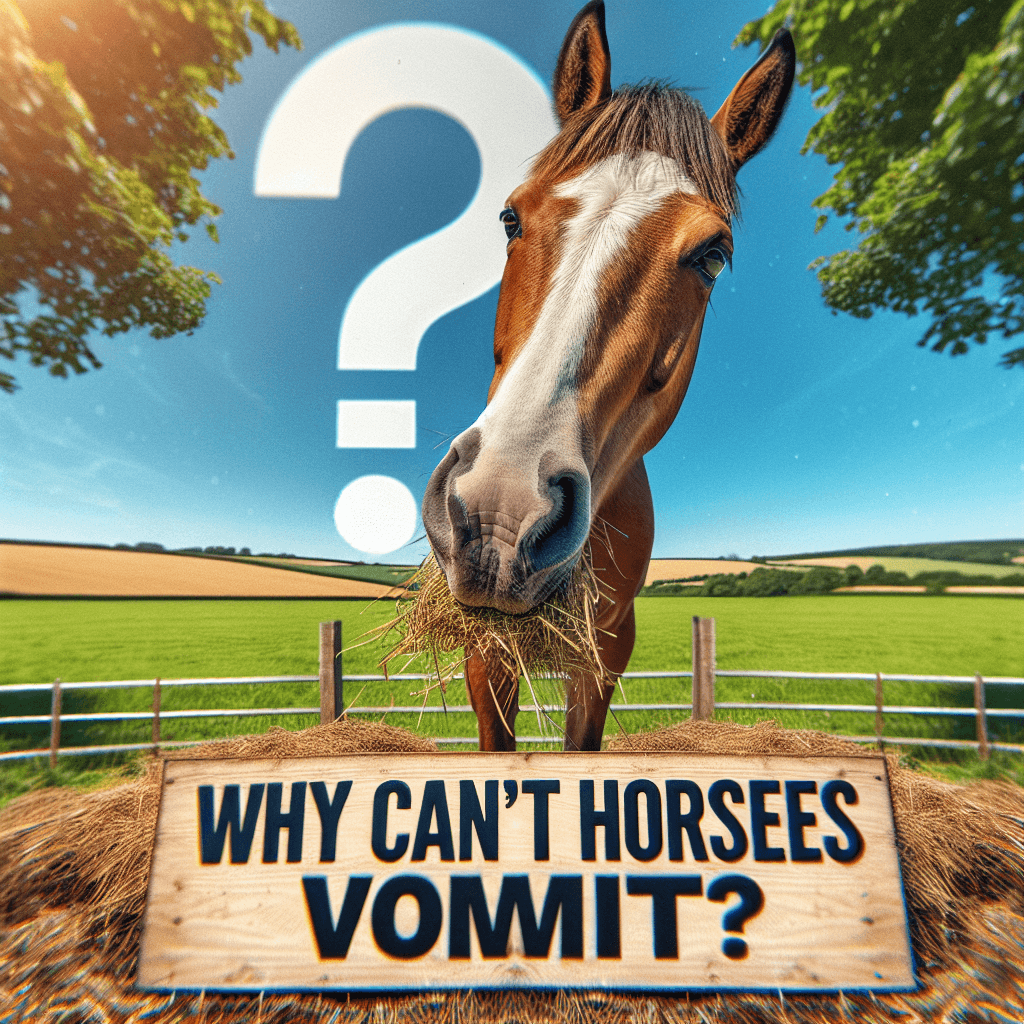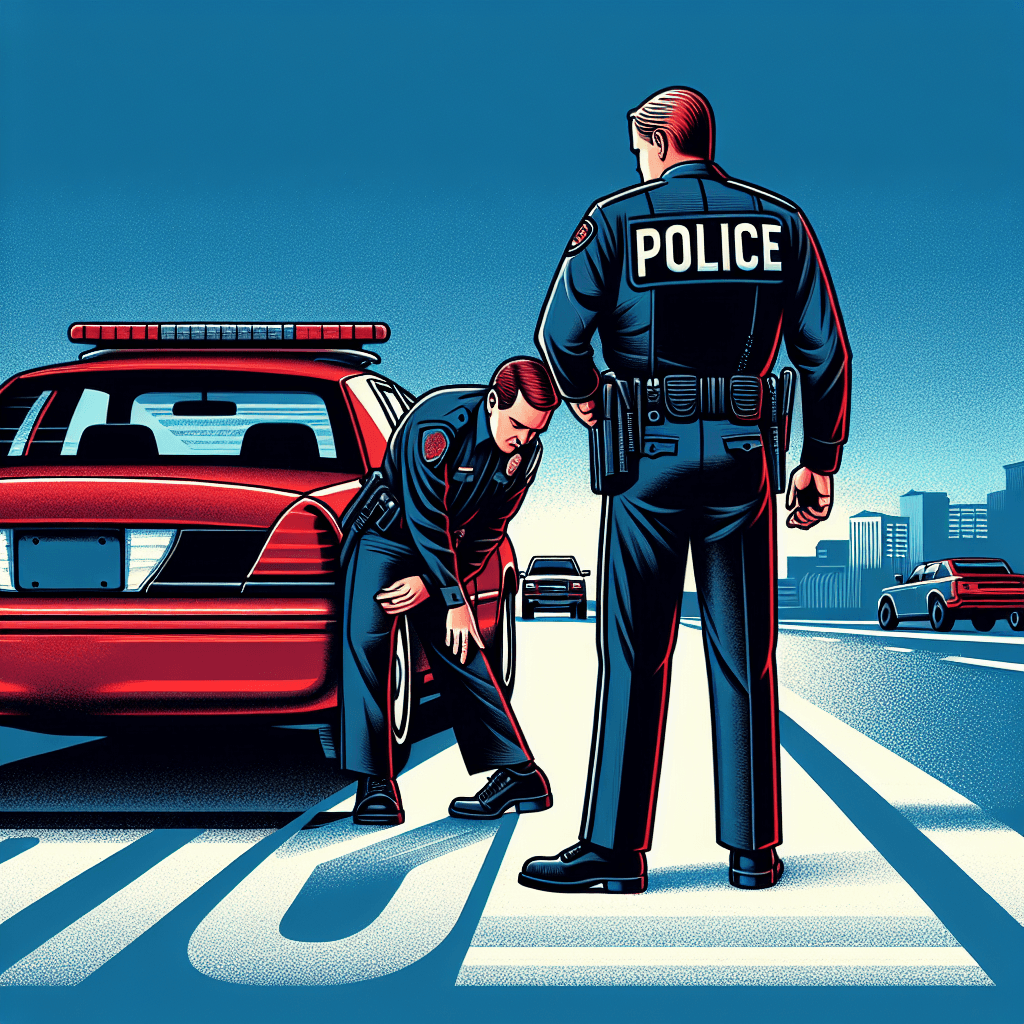Why can't horses vomit
A horse's powerful anatomy makes vomiting impossible, turning a simple case of indigestion into a life-or-death crisis.


Too Long; Didn't Read
Horses can't vomit because their digestive anatomy makes it a one-way street. A powerful, one-way valve and a sharp angle where their esophagus joins the stomach physically block food from coming back up.
A One-Way Street: The Surprising Reasons Why Horses Can't Vomit
For most mammals, including humans, vomiting is an unpleasant but vital protective reflex. It’s the body's emergency eject button for expelling toxins, spoiled food, or indigestible material. So, it might come as a surprise to learn that horses, despite their size and strength, are physically incapable of this action. This isn't just a biological quirk; it's a critical aspect of their physiology that has profound implications for their health and survival, making digestive issues like colic particularly dangerous. This post will explore the specific anatomical and evolutionary reasons that make vomiting impossible for horses and why this one-way digestive system is both a strength and a critical vulnerability.
The Anatomy of a One-Way System
The inability of a horse to vomit is not due to a single factor but rather a combination of powerful anatomical barriers. Their digestive tract is built for forward momentum, with several key features working together to prevent any backward flow from the stomach.
1. The Cardiac Sphincter: A High-Pressure Valve
The most significant barrier is the lower esophageal sphincter, also known as the cardiac sphincter. This is a band of muscle where the esophagus meets the stomach. In horses, this sphincter is exceptionally strong and well-developed, acting like a super-tight one-way valve. While in humans and other animals it can relax to allow for regurgitation, the horse's sphincter is designed to clamp down with immense pressure, especially when the stomach is full or distended. This powerful seal makes it nearly impossible for stomach contents to be forced back up into the esophagus.
2. A Sharp Angle of Entry
The way the esophagus connects to the stomach is another crucial factor. Unlike the relatively straight connection in many other animals, the horse's esophagus joins the stomach at a very sharp, acute angle. When the stomach fills with food and gas, it expands. This expansion causes the stomach lining to press against the opening, effectively pinching the connection shut. The more distended the stomach becomes, the tighter this seal gets, further preventing any chance of reflux.
3. A Weak Vomiting Reflex
Physiology also plays a role. The physical act of vomiting requires a complex and powerful coordination of muscles, primarily the diaphragm and abdominal muscles, controlled by a specific "vomiting center" in the brain. Research suggests that horses not only have a less-developed neurological pathway for this reflex but also lack the muscular coordination to create the forceful contractions needed to overcome their strong cardiac sphincter. Their body simply isn't wired to perform the action.
An Evolutionary Design for Grazing and Flight
Why would evolution create such a potentially dangerous design? The answer lies in the horse's natural lifestyle as a grazing prey animal.
- Grazing Lifestyle: Horses evolved to be "trickle feeders," constantly grazing on small amounts of high-fiber forage for up to 18 hours a day. Their digestive system is optimized for this continuous, slow processing. They were less likely to ingest a large, single toxic meal that would need to be expelled quickly.
- Flight Response: As prey animals, a horse's primary defense is flight. The act of vomiting is debilitating; it leaves an animal weak, disoriented, and vulnerable. For an animal that needs to be ready to gallop away from a predator at a moment's notice, being incapacitated by vomiting would be a death sentence.
The Dangerous Consequences: Colic
While this one-way system served horses well in the wild, it presents a significant risk in modern management. When a horse ingests something toxic, has an impaction, or experiences excessive gas buildup, there is no pressure relief valve. The contents are trapped. This is a primary reason why colic—a general term for abdominal pain in horses—is so dangerous. The immense pressure that builds in the stomach cannot be released through vomiting. In the most severe cases, this pressure can lead to a gastric rupture, a catastrophic and fatal tearing of the stomach wall. This inherent inability to vomit means that horse owners and veterinarians must act quickly and decisively at the first signs of digestive distress.
Conclusion
A horse's inability to vomit is a fascinating example of evolutionary adaptation. The combination of a vise-like cardiac sphincter, a sharp esophageal angle, and a weak vomiting reflex creates a formidable one-way street for digestion. This design protected them as grazing prey animals, ensuring they were always ready to flee from danger. However, it also leaves them uniquely vulnerable to serious digestive emergencies like colic. Understanding this fundamental aspect of equine biology is not just a matter of trivia; it's essential for providing the diligent care and management necessary to keep these magnificent animals safe and healthy.
More Articles

Why do movie punches sound so much crunchier and louder than real ones?
That sickening, bone-crunching punch you hear in the movies is a lie, and the secret ingredient is probably sitting in your refrigerator right now.

What makes a beer bottle suddenly foam over just from a light tap on top?
It’s not magic, it’s a shockwave; discover the explosive physics that turns a gentle tap on your beer bottle into an instant foamy geyser.

Why do police officers touch the back of a car during a traffic stop?
It’s not a random habit; that simple touch is a calculated, old-school tactic designed to leave a crucial and potentially life-saving piece of evidence behind.